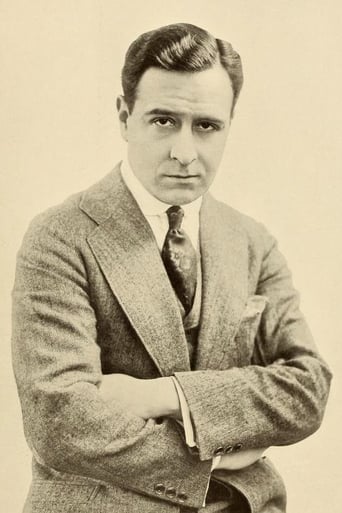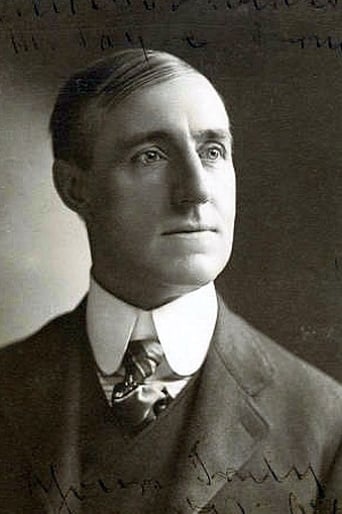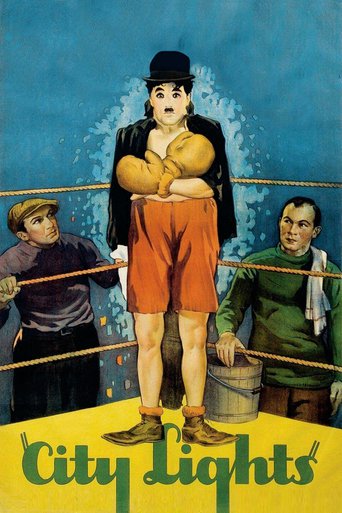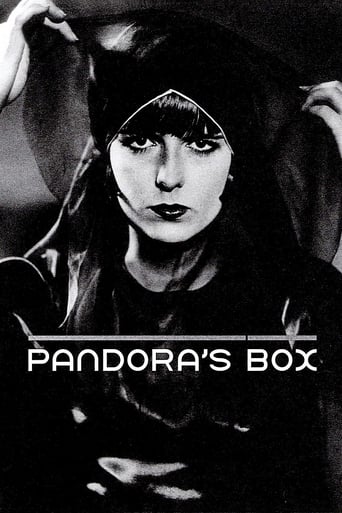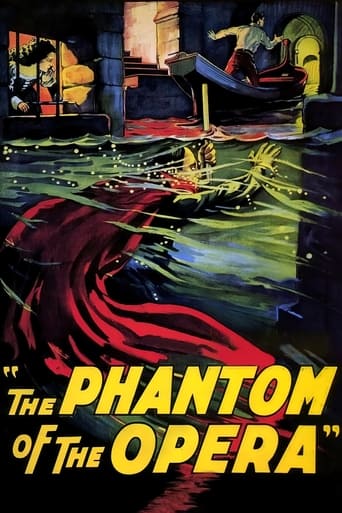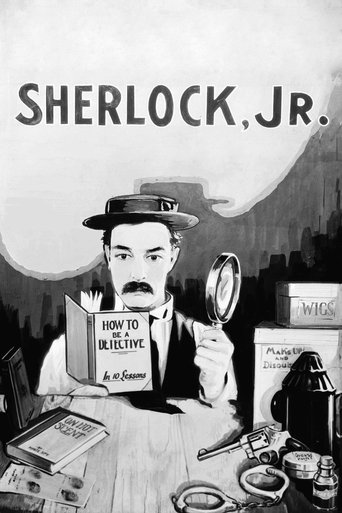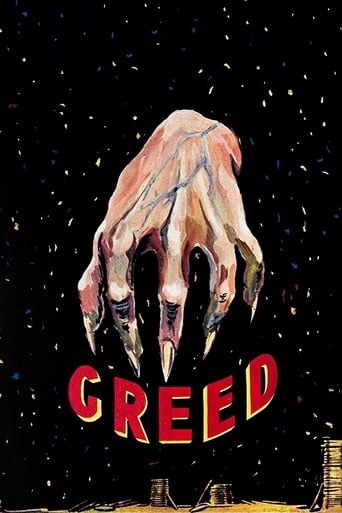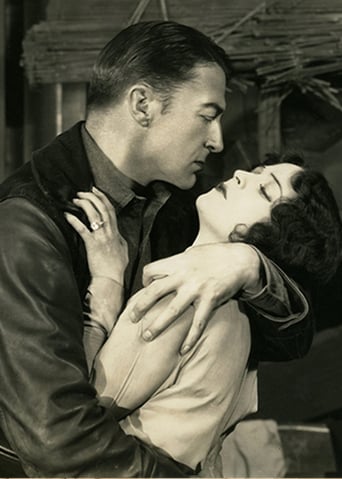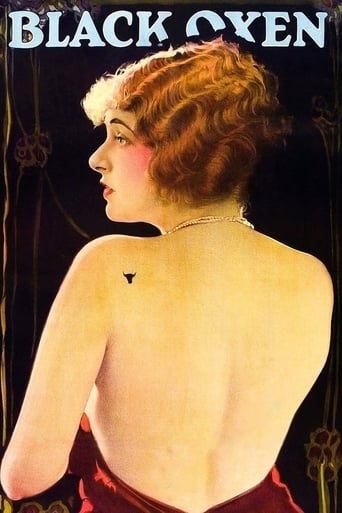
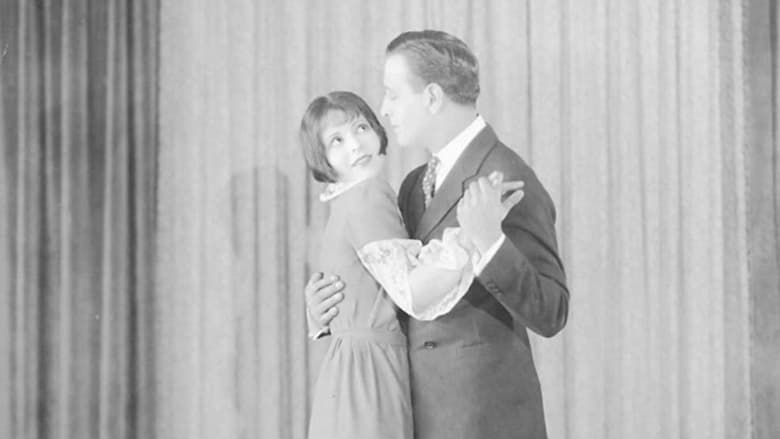
Black Oxen (1923)
A Manhattan playboy falls for a mysterious European woman, whom he notices is an exact double for a famous socialite who disappeared at the turn of the century. At first he thinks it's just a coincidence, as the beautiful young woman he's romancing is much younger than the woman who vanished, who would be in her late 50s or early 60s by now. Soon, however, he begins to believe that maybe it's not such a coincidence after all.
Watch Trailer
Cast
Similar titles

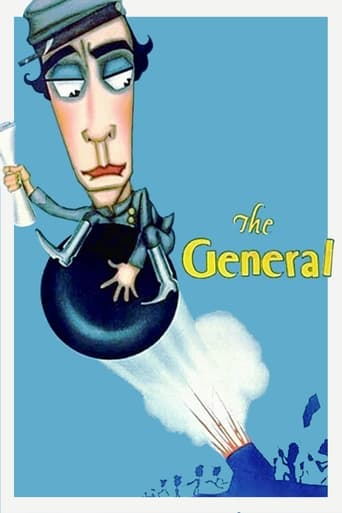
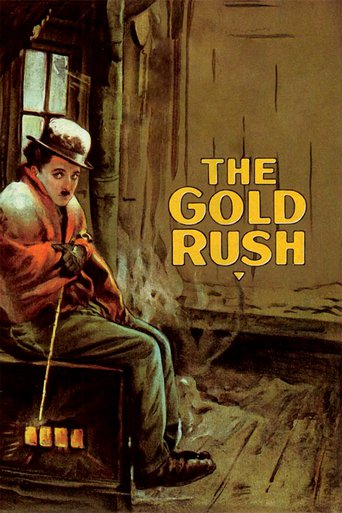
Reviews
For all the hype it got I was expecting a lot more!
An Exercise In Nonsense
The performances transcend the film's tropes, grounding it in characters that feel more complete than this subgenre often produces.
All of these films share one commonality, that being a kind of emotional center that humanizes a cast of monsters.
Black Oxen is a remarkable film largely because it is based on a remarkable book, by Gertrude Atherton, and is (as far at any rate as the part that survives is concerned) quite a faithful representation of the novel."Rejuvenation" in its general usage during the period was something of a euphemism and was extremely male-oriented (in effect the "viagra" of its day). The interest in the potential effects of what would eventually be identified as testosterone goes back in some ways way into folklore but its "scientific" application began with a very eccentric French physiologist called Charles-Édouard Brown-Séquard who claimed in 1899 to have regained his youth after injecting himself with filtered extracts from the crushed testicles of young dogs and guinea pigs. In the 1920s and 1930s, Russo-French surgeon Serge Voronoff developed a technique for grafting monkey testicle tissue onto the testicles of men for a similar purpose, but is was the very distinguished endocrinologist Eugen Steinach whose work created the most interest.Steinach believed that what he called the "Steinach vasoligature" for men (a partial vasechtomy) would effect a rejuventaion and, although the emphasis still remained largely on men and on sexual potency; poet W. B. Yeats, from one of whose verse-plays the title of the book and film comes, was the best-known celebrity to have been "steinached" and to have claimed a rejuvenation and a re-energisation as a result. Steinach did however extend his theory to women, the equivalent being an irradiation of the ovaries (which also rendered the woman infertile) and Atherton was herself one of those who had undergone the treatment and she too claimed to have benefited significantly from it and it was the inspiration for the novel.This was the time when cosmetic surgery was also coming of age - many people know that actress Sarah Bernhardt had to have her leg amputated but fewer know that she had had had a face-life shortly before that. This was also the time when the generation-gap was beginning to be talked about and seemed in the era of "flapper" 9represented of course by Clara Bow in the film) to create a particularly harsh divide where women were concerned. Atherton believed that Steinach rejuvenations were a form of female empowerment (many women would claim the same today for cosmetic surgery) and she uses the idea of rejuvenation in her novel to review a whole range of related subjects - the situation of the old, the generation gap, the sexuality of women.In the first part of the film (the part that survives) this is fairly well represented by Lloyd but if the ending of the film is (as some reviewers claim) predictable, it should not be because it is not at all the same as the ending of the book. Lloyd plumps in fact for a much more conventional view that has the heroine agreeing to "act her age" (and in effect "know her place")while the hero goes off with the flapper. Corinne Griffith gives I think a very impressive and subtle performance as a woman with a mature mind but a young body (the ideal as Atherton perceived it) but, in life, as in the film, it was the young Clara Bow (whose performance is nothing remarkable) who proved the eventual beneficiary.It is thought that the film in its entirety is not beyond the possibilities of being Steinached but given the disappointing ending, it is perhaps better the way it is.
This film version of 65 year-old feminist writer Gertrude Atherton's controversial 1923 novel based upon her own treatment with an early form of hormone transplantation was on cinema screens by the end of the year and generated a lot of discussion at the height of the flapper era; and it remains topical today with the advent of HRT and current journalistic buzz about Cougars and toy boys.Aged 45 (but like many matinée idols of the era looking much older), Conway Tearle as eligible bachelor Lee Clavering has the dilemma that dizzy flappers like Janet Ogelthorpe (played by Clara Bow) bore him, yet has "a vague idea that Autumnal love is - is rather indecent". He indeed looks pretty long in the tooth for 28 year-old Corinne Griffith as the mysterious Mary Ogden, referred to in the opening credits simply as "The Woman"; about whom an awful lot of footage is squandered upon speculation as to her true identity until she finally fesses up and confirms that she is really sixty year-old Madame Zatianny. In a flashback in which she is supposed to be in her late fifties, but is made up and shuffles about like an infirm eighty year-old, she is rejuvenated in Austria by a medical procedure that is alluded to only very vaguely.At this point it gets interesting, as her old friends digest the implications of this revelation; notably Claire McDowell as Agnes Trevor, who bitterly regrets her own lost opportunities to find love when young and thus sorely envies Madame Zatianny the second chance her treatment has gifted her. (McDowell was actually less than six months older than Tearle and would probably have benefited enormously just from a more contemporary makeup and wardrobe like Griffith's.) Unfortunately, with twenty minutes still to go this is the point at which the only currently available version of 'Black Oxen' abruptly ends. Or maybe it's not so unfortunate. We know from original reviews that her old Austrian beau Prince Rohenhauer (played by Alan Hale) shows up, persuades her to act her age and return with him to Austria, leaving Lee to find true happiness with the flapper who had so bored him earlier, provoking 'Variety's original reviewer to ironically state that the film's "only fault seems to be the disappointing ending".An epilogue to 'Black Oxen' that proves yet again how much stranger real life can be even than a silent movie came in 1966 (the year that Claire McDowell died at the age of 88) when 72 year-old Griffith divorced her 45 year-old fourth husband of a few days and testified in court (contradicting testimony from Betty Blythe and Claire Windsor, who had both known her during the 1920s) that she was not Corinne Griffith, but her younger sister who had taken her place upon her elder sibling's death.
Once again a curiosity of the silent era. Unfortunately, this is another incomplete film. We don't know what the result of all this interest in youth revitalizing surgery will lead to. The main character, Mary, became old at a time when her continued work was critical to the return of Austria to power after the war. While she was hospitalized, a treatment was performed which left her forever young. Now she has come to the attention of those who knew her years before. A man falls in love with her and things get pretty complicated because she is nearly a hundred years old. Soon all the old women in the film, some friends of hers, begin to want to do the same treatment. The problem is that just as we are about to find out what happens, we run out of film. I understand this was based on a popular piece of fiction. Still, it is an interesting idea. Barely science fiction, really. Are all mythical medical discoveries in movies science fiction? Perhaps.
That's what one of Clara Bow's friends said about her performance in "Black Oxen" - the first time she experienced working with a top studio, big budget and a famous star. Schulberg recommended her to director Frank Lloyd and once he saw her knew she would be so right for the flapper role. Clara had her hew own take on the meeting - "he didn't make me feel like he was doin' me a favour lettin' me work in his picture". This was the movie that really got Clara noticed by the other studios. First National was so impressed with her performance that they requested her for "Painted People" another "biggie" with Colleen Moore but that turned out to be a fiasco. Clara's instinctive knowledge of what was right for her made her realise that the part was all wrong - "and she was right" Colleen Moore said. Still "Black Oxen" raised her standing and had her Preferred Studio bosses quadruple her salary to a princely $200 a week.This film is fascinating for what's not included. The film I saw was 60 minutes but it is supposed to be 80 minutes and because it flowed pretty smoothly I have to assume that the missing reels are at the end. And also for the fact that Claire MacDowall has a prominent supporting role as Agnes Trevor, an embittered spinster - in the film I saw she has a very small scene where she renounces Mary (Corinne Griffith) as a "Hypocrite"!!!When attractive "mystery woman" (Griffith) stands up at a Broadway first night, Lee Clavering's (Conway Tearle) elderly companion does a double take - she looks the mirror image of a girl, Mary Ogden, he was infatuated with in his youth but the last time he saw her she was old and feeble. Lee is determined to find out who she is - so they visit Jane Oglethorpe, a society "Grand Dame" who is feared for her frankness. Clara Bow is introduced as Janet Oglethorpe "going to Hell as fast as she can foxtrot - the wretched little flapper"!!! And from her first entrance she owns the movie - Lee exclaims "when you were little I gave you a spanking, I may be forced to do so again" - her reply "Can I depend on that"!!! Naughty Clara!! He also says when he has to escort her home and put up with her outrageous flirting "Girls of your age bore me to death and you're the silliest of them all"!!!Meanwhile Lee becomes involved with mystery woman Mary who finally reveals to him the secret of her youthful appearance. The victim of an early unhappy marriage that took her to Vienna, she finally found a reason for living through helping her adoptive country until age caught up with her. It is here that the make-up artists really have a chance to "go to town" on Miss Griffith but I agree with the other reviewers, she is made to seem old and decrepit and almost on her last legs at 60!! Offered a rejuvenating X-Ray anti aging treatment, she took it - not for vanity but because her feebleness was an impediment to her good works.She then announces it at Mrs. Oglethorpe's afternoon tea and later on Agnes Trevor speaks for them all when she wonders if she could regain her youth so she could find a husband. When Mary claims her ideals were higher than that Agnes denounces her - and Mary believes deep down that she is right!! Ian vehemently proclaims he would love her however old she looked but he is distinctly uncomfortable when some of the younger women "rib" her around the dinner table.The film finishes there but was definitely heading "somewhere" and it is fascinating to wonder what the ending would be like. I don't think in 1924 there was a mainstream Hollywood film that would take a chance to end on a controversial note. Since Mary proclaimed her secret she is very thoughtful about how she would be treated if she wasn't so young and beautiful. Meanwhile Janet has been reading "Flaming Youth"(another Colleen Moore film!!) and wondering how to get her man!! The flapper segments give the film a much needed zest - the love story between Griffith and Tearle being just a tad boring. Corinne Griffith may have been best known as the "Orchid Lady" but she had only her beauty - she didn't have a huge personality or a lot of acting talent, though the last few minutes saw her giving her role a bit more colour and shade. Maybe the missing reels see her put Lee's loyalty to the test by, maybe, foregoing her treatment to see if he would stand by her if her looks were gone. An interesting theory.Highly Recommended.

